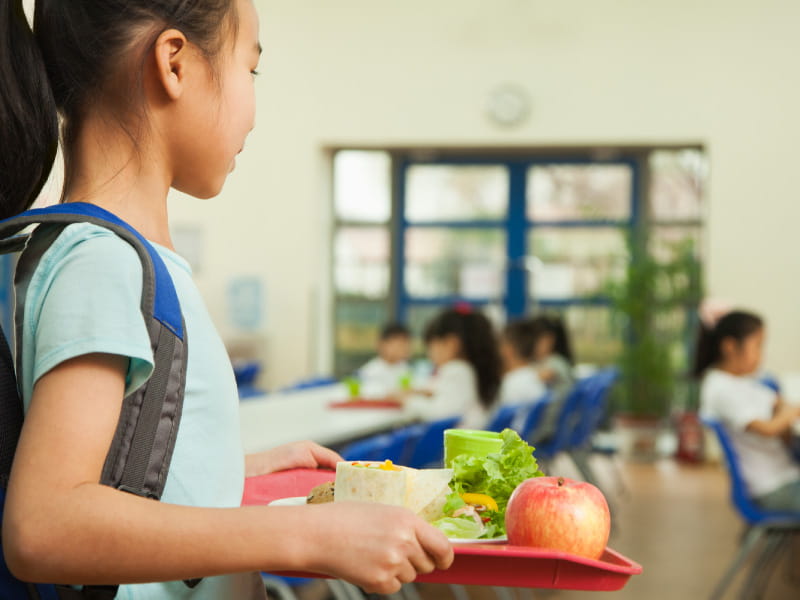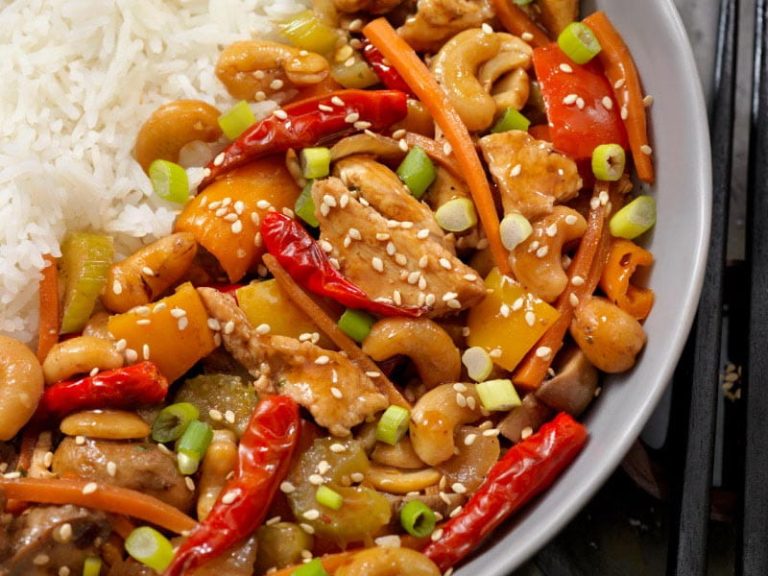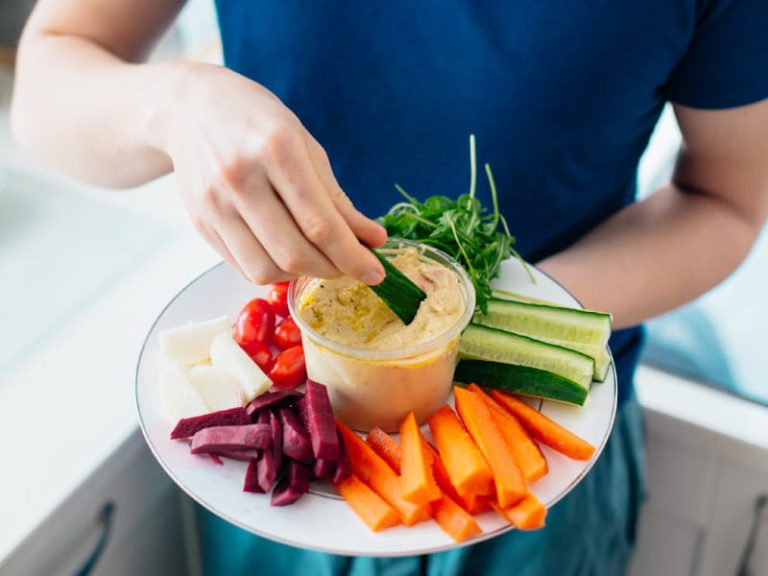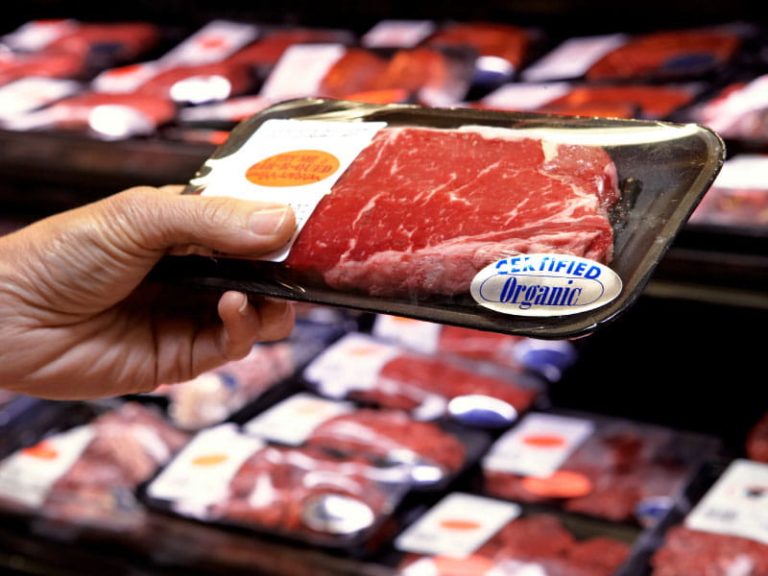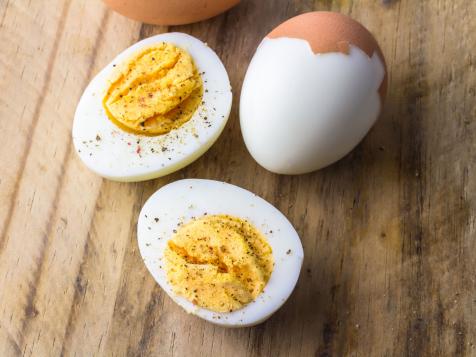What do people pack for school lunches?
What do people pack for school lunches? Up to now, faculty cafeterias may need served as a supply for extra punchlines than vitamin. However lunch is a extra dynamic and, nowadays, wholesome a part of college students’ lives than many individuals understand.
A few of its significance is apparent. “You actually needn’t do a research displaying that if youngsters are hungry, they will have a more durable time at school,” stated Marlene Schwartz, director of the UConn Rudd Middle for Meals Coverage and Well being in Hartford, Connecticut.
This faculty yr, modifications are on the way in which concerning what college students will probably be consuming and who should pay for federally supported faculty meals.
College students won’t even discover the food-related modifications, Schwartz stated. However something that impacts faculty lunch packages issues, she stated, “as a result of should you can be certain that faculty lunches are wholesome, you’re affecting almost 30 million youngsters each single faculty day. So it is a very highly effective approach of getting a really large affect on the dietary high quality for youngsters.”
Certainly, analysis exhibits some youngsters devour as much as half their every day energy in school, and decisions there might have an effect on what they eat elsewhere.
On the fee aspect, pandemic-related insurance policies that offered free lunches to all are ending. Some college students who had been receiving free meals should pay, and faculties and college students might want to resume maintaining with paperwork to find out who qualifies. Many colleges additionally present breakfast.
On the vitamin aspect, beforehand deliberate modifications designed to make lunches more healthy are again on monitor. To grasp what’s altering, somewhat historical past helps.
As those that went to high school within the Nineteen Seventies, ’80s or ’90s may recall, “faculty lunches weren’t nice,” Schwartz stated. “They did have to satisfy some vitamin requirements. However these vitamin requirements have been far more centered on having sufficient energy. They weren’t as centered on setting limits.”
In 2012, Division of Agriculture guidelines have been revamped to align faculty lunch insurance policies with the Dietary Tips for People. That led to college students getting extra fruits, greens and complete grains and decrease quantities of fats, energy, sugar and sodium, stated Megan Lott, deputy director of wholesome consuming analysis on the Duke International Well being Institute in Durham, North Carolina.
Analysis exhibits the change has made a distinction. A 2021 research in JAMA Community Open discovered that the meals youngsters ate in school was total the healthiest meals they ate all day.
Politics affected a number of the deliberate health-oriented modifications. Then got here the pandemic, and faculties obtained waivers to assist them cope. However transitional guidelines adopted in February will start to part out these flexibilities.
Meaning this fall, faculties should increase the quantity of complete grains being provided, however they might proceed to supply flavored low-fat milk (as an alternative of permitting flavoring solely in fat-free milk, because the 2012 guidelines required). Within the 2023-24 faculty yr, sodium quantities in lunches will lower by 10%.
“The aim is finally to maneuver again to the place we had gotten to,” Lott stated.
Points similar to 2% versus skim milk or refined versus whole-grain spaghetti might sound minor, Lott stated. However chopping round 200 energy a day is perhaps what retains a baby at a wholesome weight.
Such modifications may set a baby on a path for well being long run, Schwartz stated. “I feel if we will get youngsters used to lower-sodium and whole-grain merchandise early via faculty, then that is simply going to make it simpler for these merchandise to be interesting of their lives typically.”
Since 2012, faculties even have made modifications to provide college students extra alternative in what they eat. Lott stated that is a useful technique for serving to youngsters make good decisions irrespective of who makes their meals. “Giving them some management over the state of affairs is among the most necessary issues you are able to do,” she stated.
That is to not say you must allow them to select between broccoli and brownies, stated Lott, who helped write an in depth 2021 report on selling wholesome consuming in younger youngsters. Quite, she suggests providing them decisions inside the wholesome classes alongside the strains of asking whether or not they’d desire their broccoli steamed or roasted, or in the event that they’d desire grapes to an orange.
Such approaches have labored together with her youngsters, stated Lott, who has 9-year-old twins coming into fourth grade and a 5-year-old headed to kindergarten.
Schwartz agreed that providing wholesome decisions is efficient. “The very best vitamin training occurs in your plate. If it is wholesome and it tastes good, then that is actually all you want.”

